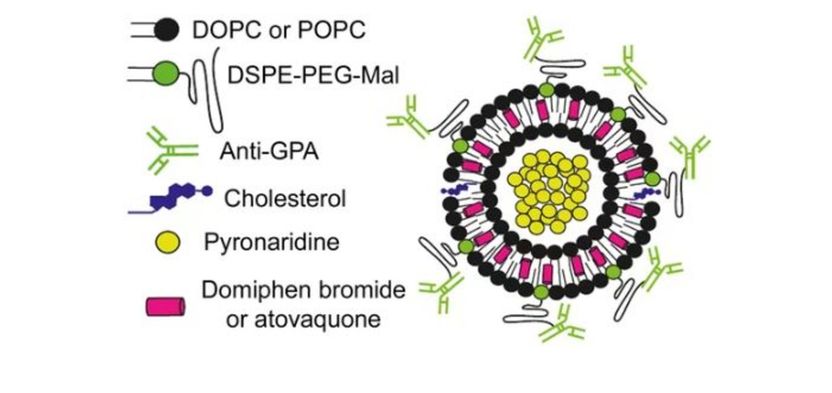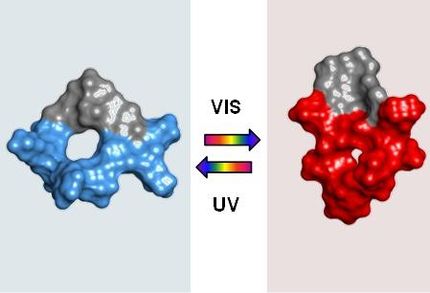Biofrontera AG: Excellent Phase III-results with BF-200 ALA
Advertisement
Biofrontera AG announced that the preliminary results of the first phase III study of its BF-200 ALA-gel in the treatment of actinic keratosis have become available.
In this pivotal phase III study 122 patients were treated by photodynamic therapy (PDT), which was repeated after three months in cases where lesions were not completely removed. Two thirds of the patients were treated with BF-200 ALA, one third with placebo. In 69% of the patients treated with BF-200 ALA all actinic keratoses in the area of investigation were completely removed. Only 13.5% of the patients treated with placebo displayed a complete response. Even after a single treatment lesions had completely disappeared in 47.5% of the patients in the group treated with BF-200 ALA, but only in 10% of patients treated with placebo. These results are statistically highly significant (p<0.0001). Patients without a complete response also displayed a strong improvement that was visible in a large reduction of the lesion sizes.
In addition to efficacy, safety and tolerance of the treatment were investigated. Only 5% of the patients complained about strong pain during the illumination, the cosmetic result was judged as "satisfactory" by 47%, as "good" or "very good" by 49% of the patients.
Biofrontera's BF-200 ALA gel combines the active ingredient ALA (5-aminolevulinic acid) with a nanoemulsion (BF-200). It is applied in photodynamic therapy (PDT) of actinic keratosis consisting of a combination of the gel with red light illumination. Following the application and penetration of the gel, the diseased skin is illuminated with red light for 10-20 minutes, selectively removing the tumor cells in the skin. The phase III trial described here was initiated by Biofrontera 12 months ago in eight clinical centers in Germany. It is a placebo-controlled, double-blind study in which the efficacy of the treatment is compared with that of a placebo-gel that is indistinguishable for the physician. All lesions that were still visible 12 weeks after the treatment were treated again, and the results examined 12 weeks later.
Most read news
Topics
Organizations
Other news from the department research and development

Get the life science industry in your inbox
By submitting this form you agree that LUMITOS AG will send you the newsletter(s) selected above by email. Your data will not be passed on to third parties. Your data will be stored and processed in accordance with our data protection regulations. LUMITOS may contact you by email for the purpose of advertising or market and opinion surveys. You can revoke your consent at any time without giving reasons to LUMITOS AG, Ernst-Augustin-Str. 2, 12489 Berlin, Germany or by e-mail at revoke@lumitos.com with effect for the future. In addition, each email contains a link to unsubscribe from the corresponding newsletter.
Most read news
More news from our other portals
Last viewed contents
Biotage AB and McMaster University sign joint agreement to develop new chemistry platform



























































